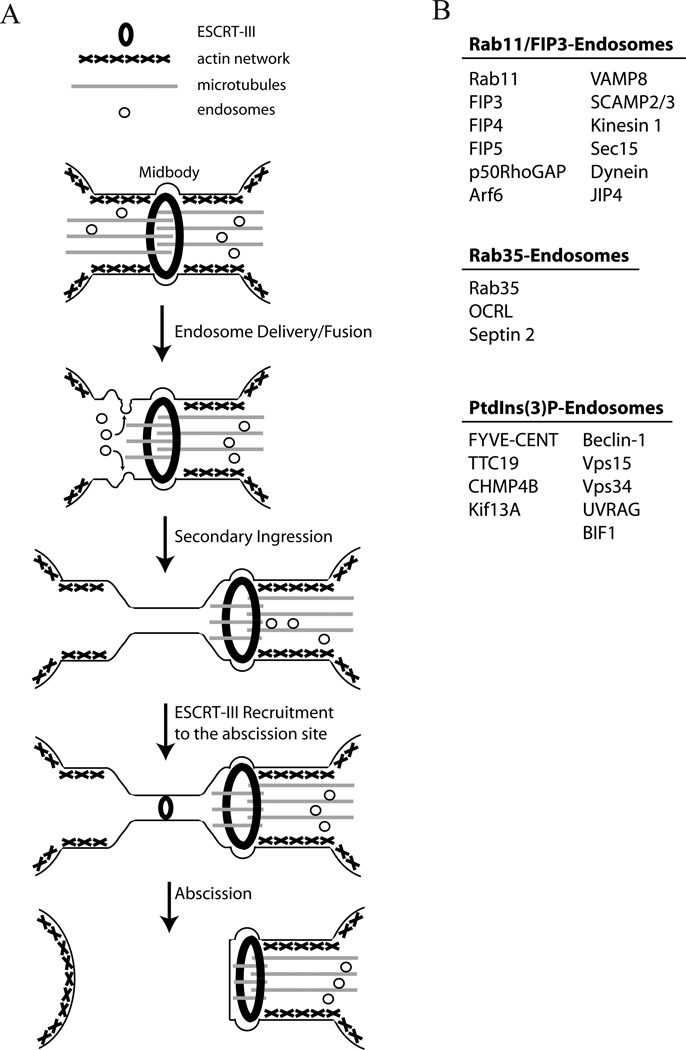Figure 2. Endosomes and the ESCRT-III complex mediate abscission.
(A) Schematic representation of cell abscission. During telophase, endosomes are deliverer to the ICB by moving along central spindle microtubules. At the same time, ESCRT-III components accumulate at the midbody by binding Cep55. As the cell progresses through telophase, microtubules are depolymerized at the future abscission site. Localized microtubule depolymerization is mediated by several mechanisms, including spastin-dependent severing and bucking-induced breakage. Microtubule depolymerization is accompanied by endosome fusion with the ICB’s plasma membrane, leading to cortical actin disassembly and the formation of the secondary ingression. Finally, ESCRT-III is recruited from the midbody to the abscission site via mechanisms that remain to be determined. ESCRT-III recruitment to the abscission site then leads to the plasma membrane fusion and the separation of daughter cells.
(B) At least three types of endosomes are known to be transported to the ICB and be involved in regulating abscission. The cargo proteins that have been experimentally shown to reside and function within these organelles are listed.

